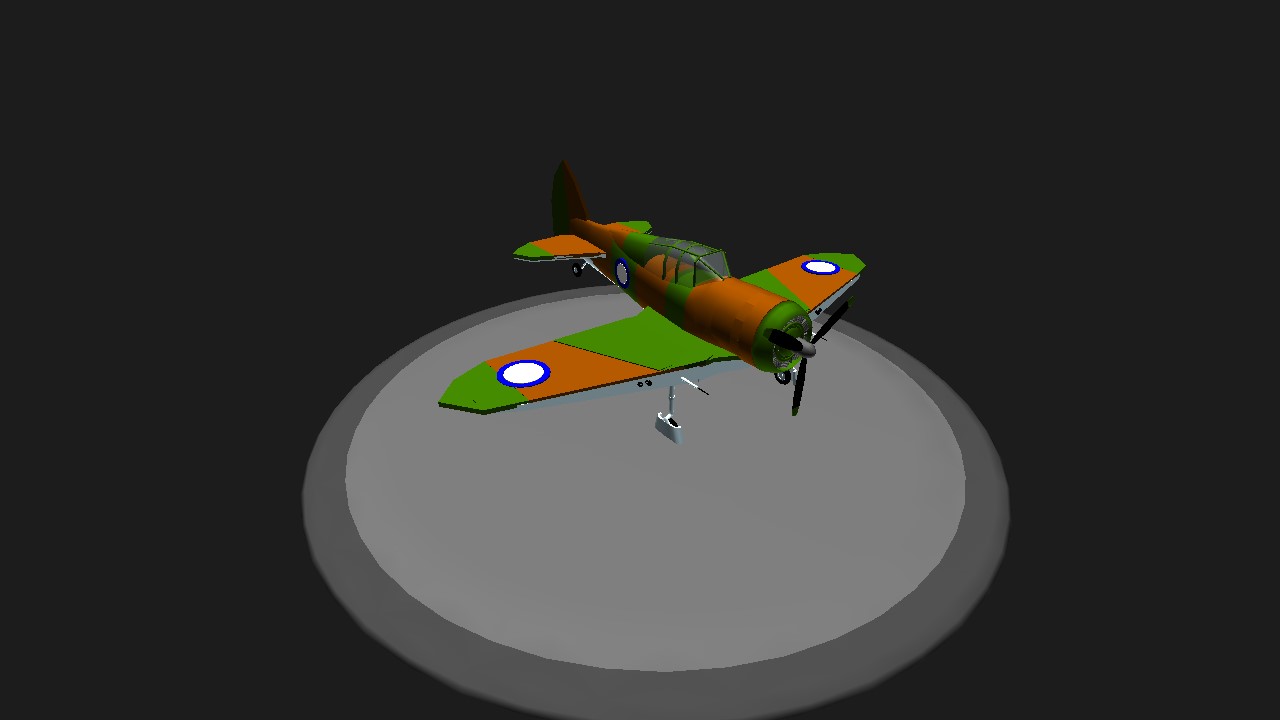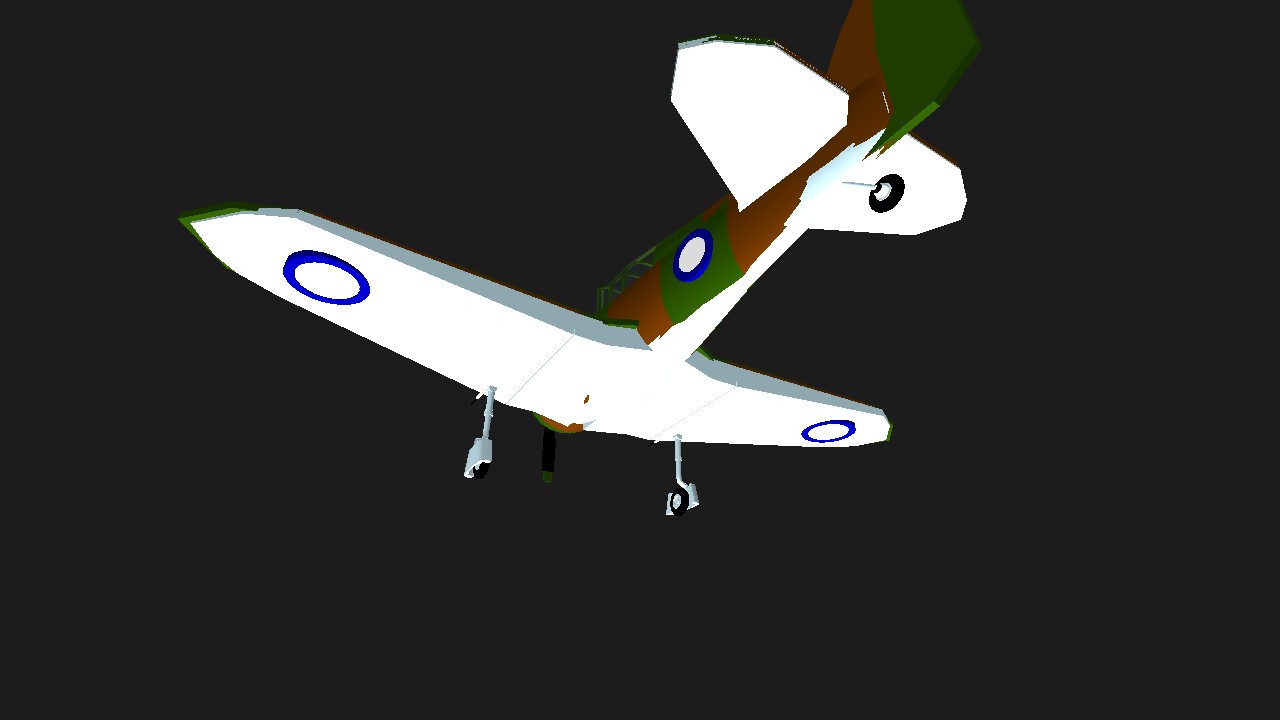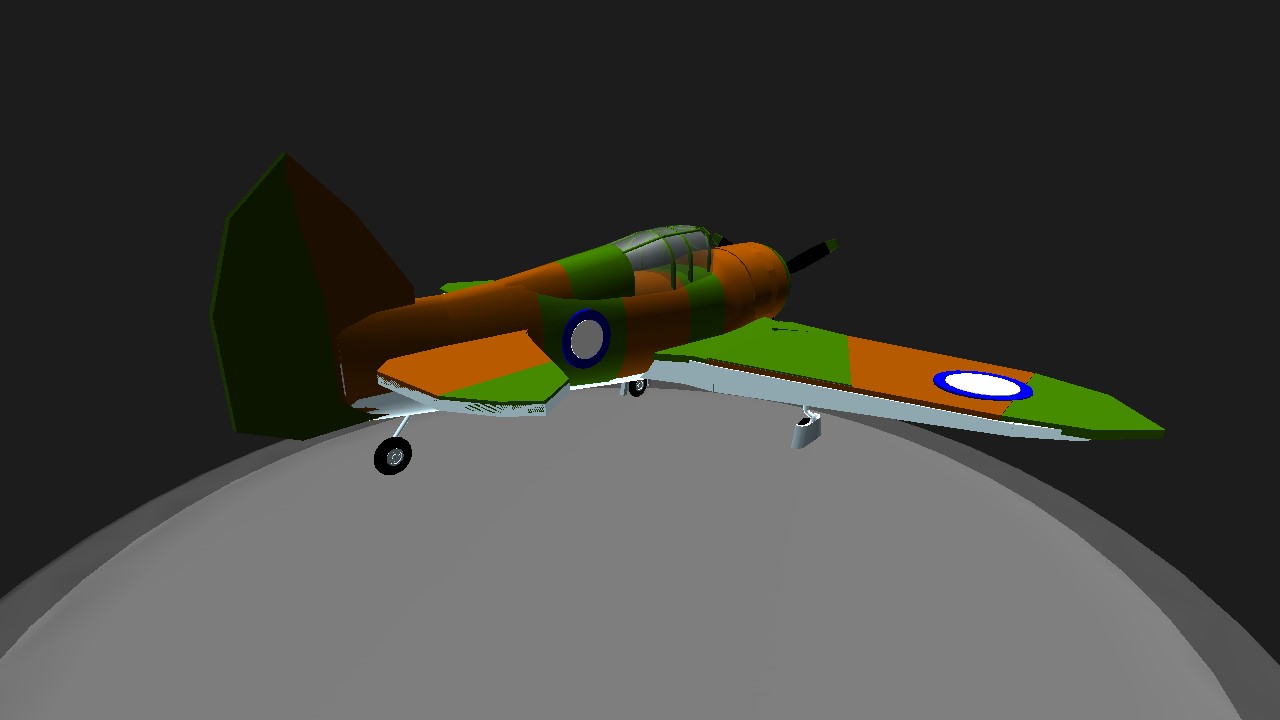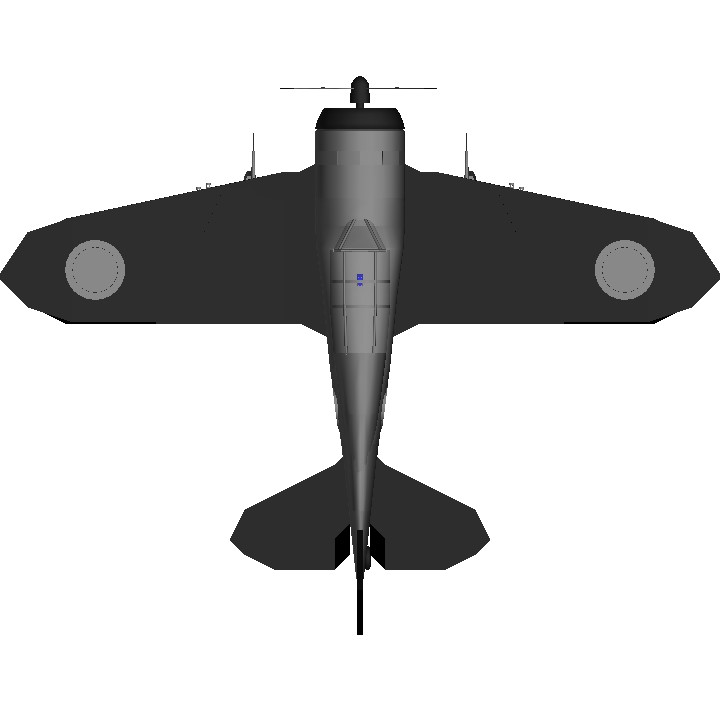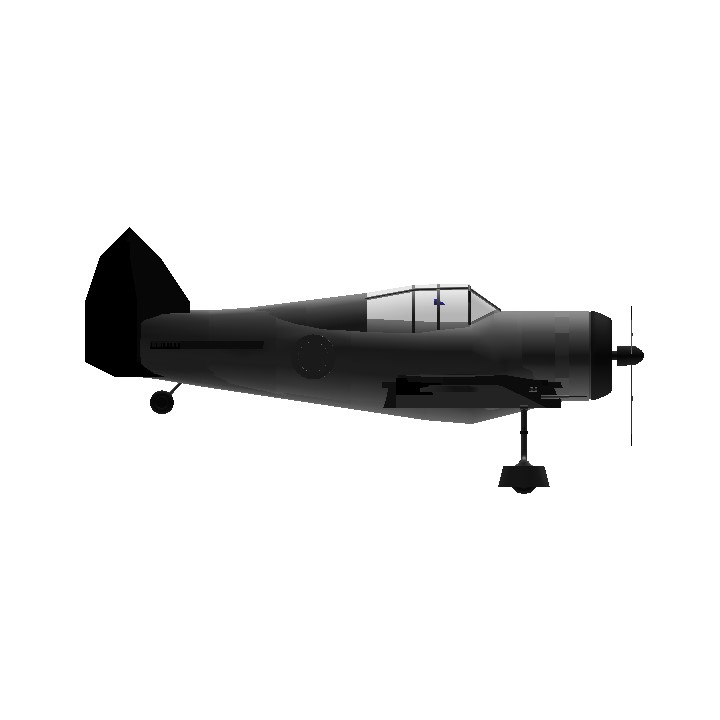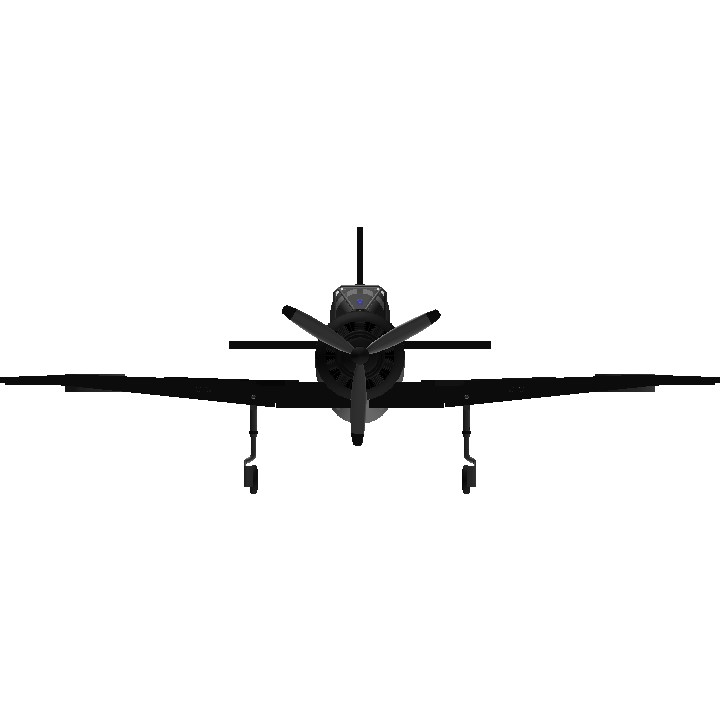The CAC Boomerang was cobbled together from bits and pieces of the CAC Wirraway, the Bristol Beaufort, the Supermarine Spitfire and sheer Australian force. When Japanese aircraft started bombing north Australian cities and ports, the RAAF realised that they needed a fighter that could drive them away. The only aircraft in production in Australia at the time were the Bristol Beaufort torpedo bomber and the CAC Wirraway trainer (eventually used as a fighter bomber). They took out the rear cockpit of the Wirraway, shortened the fuselage and added the engine and machine guns from the Bristol Beaufort. The 2x Hispano 20mm cannons were reverse engineered from a spitfire that had crashed in North Africa - a member of the Australian army salvaged one gun as a war trophy and gave it up to the Australian air force when he heard of the issue. While the Boomerang didn't see much combat (the Japanese bombers usually just ran away when confronted), it gained a reputation as a highly manouverable, if a bit slow, aircraft. The legacy of this aircraft was founded through its unconventional creation rather than combat capability - most successful fighter aircraft of the era were designed mostly from scratch with meticulous reasearch, while the Boomerang was a frankenstein of bits and pieces from the Wirraway, the Beaufort and the Spitfire that actually managed to fly well and look good. Instructions - Ag8 for canopy. Thats it. Have Fun!
Specifications
General Characteristics
- Created On Android
- Wingspan 39.3ft (12.0m)
- Length 29.8ft (9.1m)
- Height 14.3ft (4.4m)
- Empty Weight 5,680lbs (2,576kg)
- Loaded Weight 8,818lbs (4,000kg)
Performance
- Horse Power/Weight Ratio 0.192
- Wing Loading 12.3lbs/ft2 (60.1kg/m2)
- Wing Area 716.3ft2 (66.5m2)
- Drag Points 3202
Parts
- Number of Parts 104
- Control Surfaces 23
- Performance Cost 430

